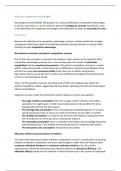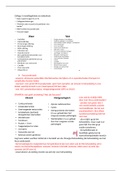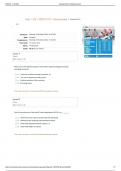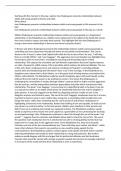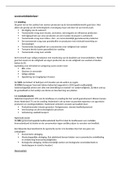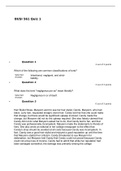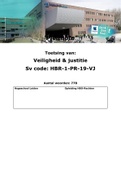Samenvatting
Theories of Strategy summary (grade: 8)
Comprehensive summary of all content from the Theories of Strategy course (MSc BA Strategy), including detailed notes from the slides, knowledge clips, and articles. Please note that images from the slides have been excluded to comply with plagiarism and copyright guidelines set by the professor. ...
[Meer zien]
